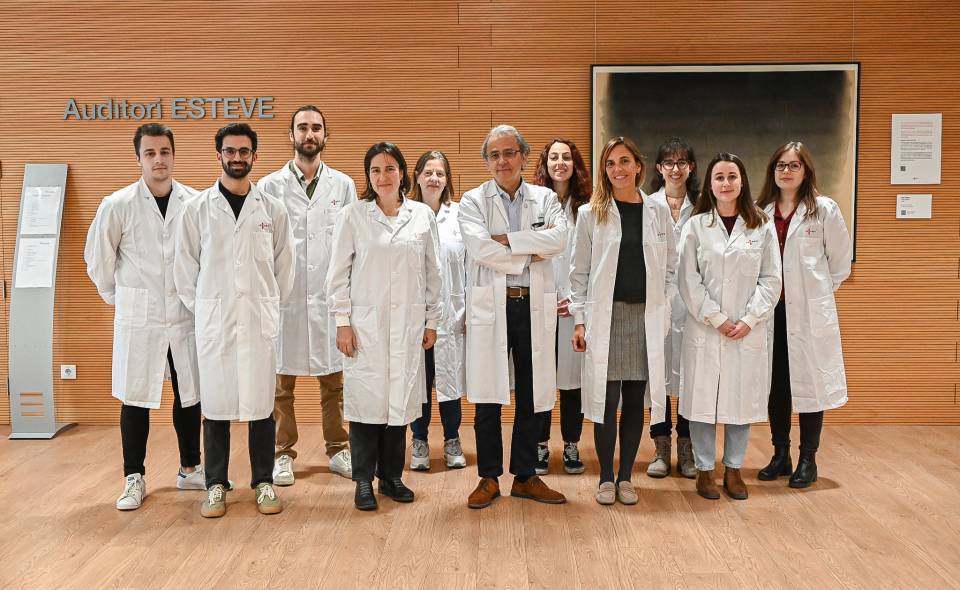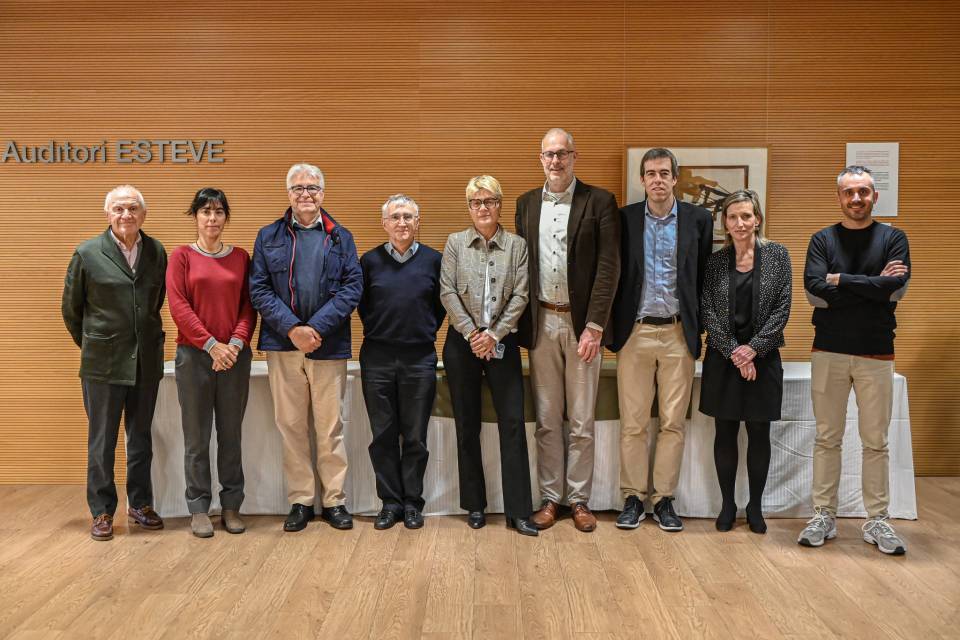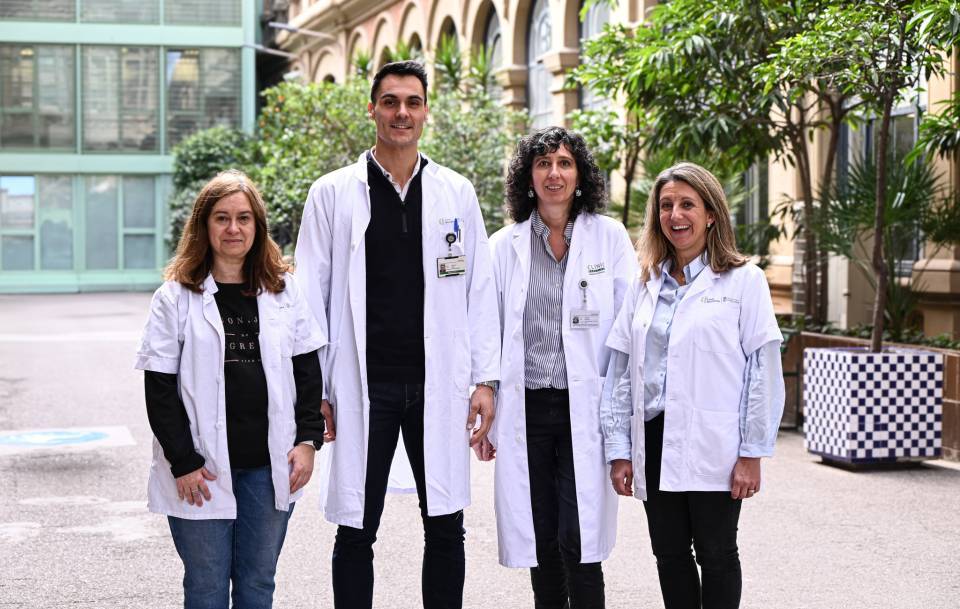The study, led by Patricia Pérez-Galán, head of the Microenvironment in lymphoma pathogenesis and therapy research group and researcher at CIBERONC, has been published in the journal Leukemia.
Follicular lymphoma is the second most common subtype of non-Hodgkin’s lymphoma, and the most prevalent form of indolent lymphoma in the Western world, representing 20-30% of all cases. Despite being indolent, follicular lymphoma is an incurable disease characterised by frequent relapses, which reduce the patient's chance of survival, and a cumulative risk of transformation into an aggressive lymphoma of 1% per year after diagnosis.
The origin of this lymphoma lies in the close collaboration between well-characterised genetic alterations and the interaction between the tumour cells and a complex microenvironment made up of various cell types. This study focused on the analysis of the interactions between the lymphoma cells and two fundamental populations in its microenvironment: the monocytes/macrophages and the follicular dendritic cells.
Thanks to the use of cell cultures from patients with follicular lymphoma and animal models (mouse), the authors showed that the interaction between the lymphoma and the dendritic cells in its microenvironment favours tumour growth. Moreover, through the secretion of two types of cytokine, it promotes the recruitment, the differentiation and the polarisation of the monocytes into pro-tumour macrophages (known as M2 macrophages), supporting the tumour and generating an immunosuppressive environment.
The analysis of cytokine CSF-1 and its receptor, fundamental in the process of differentiating and activating macrophages, revealed that high-grade patients, and thus those with the worst prognosis, present elevated serum CSF-1 concentrations and a high expression of the CSF-1R receptor in the tumour tissue, correlating moreover with a lower overall survival rate and a greater risk of transformation into an aggressive lymphoma.
A new therapeutic strategy
Finally, the authors propose a new therapeutic approach, combining the CSF-1 receptor inhibitor pexidartinib, with the standard immunotherapy for follicular lymphoma (rituximab). This combination blocks the communication between the tumour cells and the M2-type macrophages, and leads to a re-education of the macrophages towards a pro-inflammatory, and thus anti-tumour, phenotype. “The result of this combined therapy is a powerful anti-tumour effect, without the need for the traditional chemotherapy cocktails,” comments the first author of the article, Juan García Valero.
To sum up, these results support the role of macrophages in the pathogenesis of follicular lymphoma, and indicate that the analysis of cytokines, and more specifically CSF-1 and its receptor, may be an important prognostic factor and a new therapeutic target that cooperates with the standard immunotherapy for this disease.
This study was funded by the Spanish Ministry of the Economy and Competitiveness (SAF2017-88275-R).
Study reference:
Valero JG, Matas-Céspedes A, Arenas F, Rodriguez V, Carreras J, Serrat N, Guerrero-Hernández M, Yahiaoui A, Balagué O, Martin S, Capdevila C, Hernández L, Magnano L, Rivas-Delgado A, Tannheimer S, Cid MC, Campo E, López-Guillermo A, Colomer D, Pérez-Galán P.




